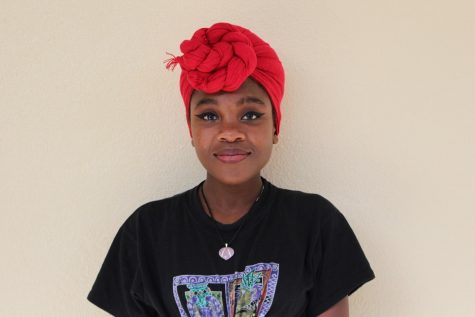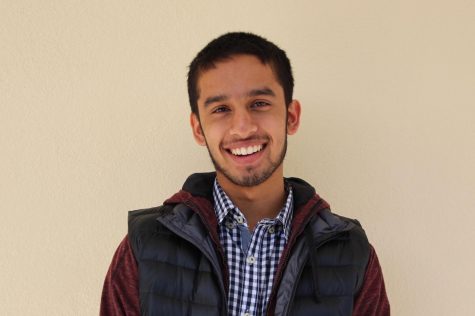Support Through Special Education
Every student who passes through special education classes is taught the essential skill of self-advocacy: communicating with teachers, administration and people in general in order to ensure that a student can stay on track in classes and in daily life while making sure that their own needs are fulfilled. It’s part of a program that focuses on helping students build the skills they need to succeed in a two-year college, four-year college and beyond — and encourages students to take charge of the process themselves.
“We try to get students out into mainstream as much as possible,” Algebra and Learning Skills teacher Erica Starks said. “That’s the goal… the classes are just like [the ones] everyone else takes. They have rigor, they have standards, the kids are kids… Four years is a short time. We are just trying to do the best we can and move them forward. They are just as productive and just as intelligent and have just as much potential as anyone else.”
Special Education is a community that often has misconceptions attached to it, often due to a lack of awareness about what it entails. It has many facets and employs a range of services that adapt to fit the individual needs of each student. The range of student needs are a reflection of the of students in the program. Students in special ed vary in the accommodations they require, from Study Skills to Geometry to therapeutic services.
The Special Education department encompasses both Resource and Special Day Class (SDC) programs. Students in SDC take the majority of their core classes in the department in addition to a Study Skills course. Students in resource programs, meanwhile, use classes in the special education department to supplement or replace elements of a mostly general education-focused course load.
“Your accommodations are tailored specifically to your needs, so if you have trouble understanding it, or you just need more time, you get more time,” junior Ethan Siesel said. “If there’s another issue, then there’s a separate way to address the issue, so it’s pretty tailored to you.”
As a result, many students are involved in a mixture of general and special ed classes that adapts to their individual needs, with additional support for students with more severe challenges. For some students, this may mean Study Skills and a Basic Reading class, whereas other students may go to special ed for all four core classes on top of two Study Skills periods. Ethan, a resource student, works with Starks in Learning Skills to manage his workload so that he can keep afloat amidst a schedule filled with AP and Honors classes.
“I have three different tests Friday, I need to break this up,” Ethan said. “When can I take these, when can I do them next week, what times work? [Starks] coordinates with the teachers to figure out the test times and then I take the test… I’m definitely doing that more this year than past years, but I think that’s just me growing as a person and maturing over time.”
Ethan also counsels with Starks about managing long-term projects. It usually involves an exercise with which any student in general ed classes are intimately familiar: breaking the project up into manageable chunks.
“At this point in time, I should have a rough idea of what I’m thinking of,” Ethan said. “By this point in time, I should have this much of a rough draft due. Because previously, what I did… was I would try to do everything the week before the project was due, and that wasn’t good. So just planning out assignments.”
Sophomore Brielle Marie O’Connor takes two Study Skills classes in Special Ed along with general education classes.
“I learned that I do have problems with planning things out,” Brielle said. “I’ve been working on getting homework done and turning it in. If you saw me in eighth grade or middle school, I didn’t turn anything in and now I have better grades. I probably wouldn’t have had that if I didn’t have the support. I know that I will have trouble and I know that I can talk to the teacher if I do need help. I used to not [ask for help] because I was just scared. Now I understand that I do need to work on things and that I can ask questions. It’s okay if I don’t finish things. I just know what I need.”
Students in Special Education, many of whom share more than one class within the department, tend to form tight bonds with each other and have developed into a strong community and a system of mutual support.
“Special [Education] is a good thing,” Brielle said. “It’s not for kids who are dumb, it’s just more support so kids are passing… [It’s to help] kids who have a harder time in a general education classroom or a mainstream classroom just doesn’t work for them. The school cares about the kids, [it’s not that] they think you’re dumb so they put you in special education. It’s because they want you to succeed.”






